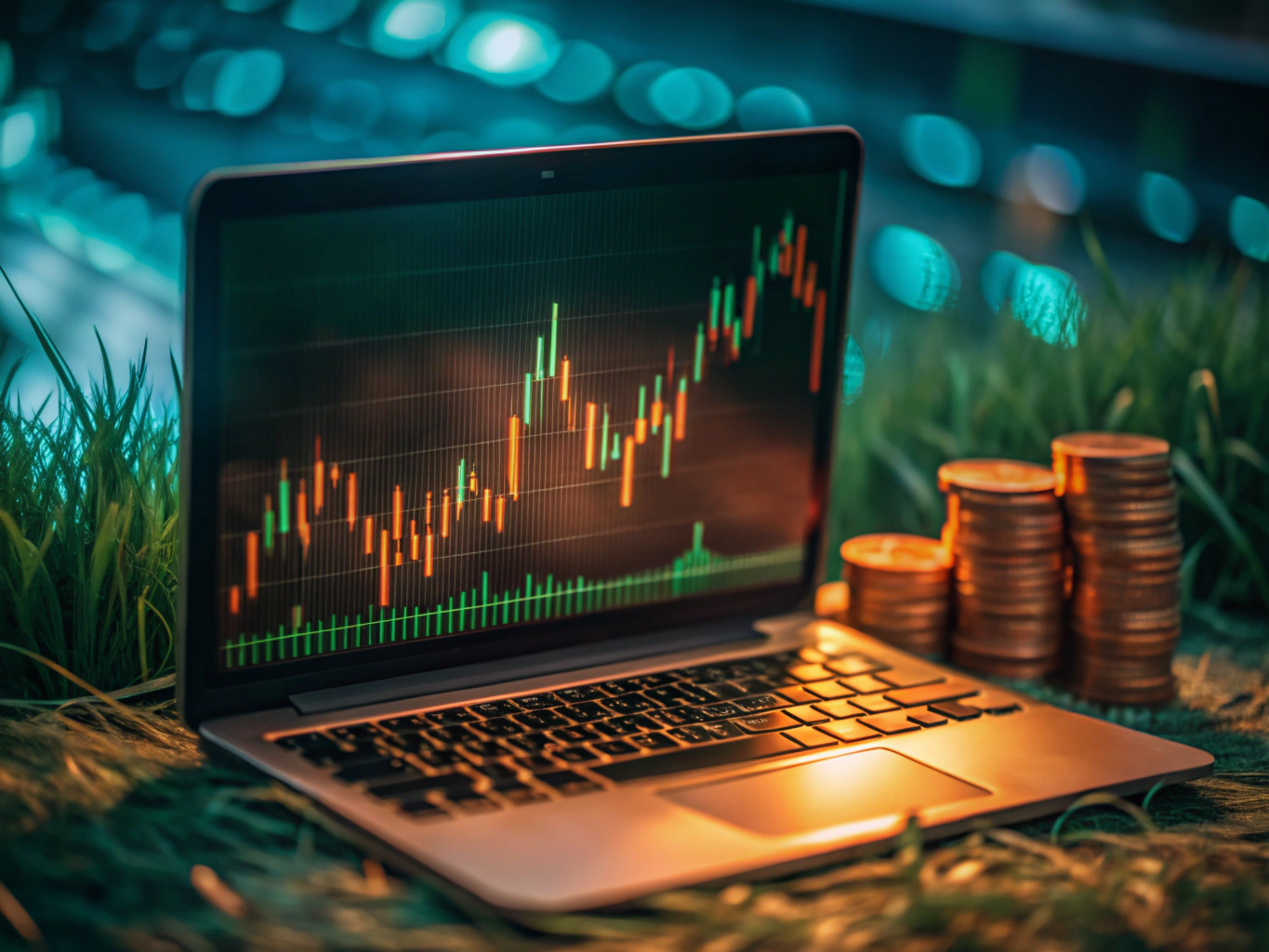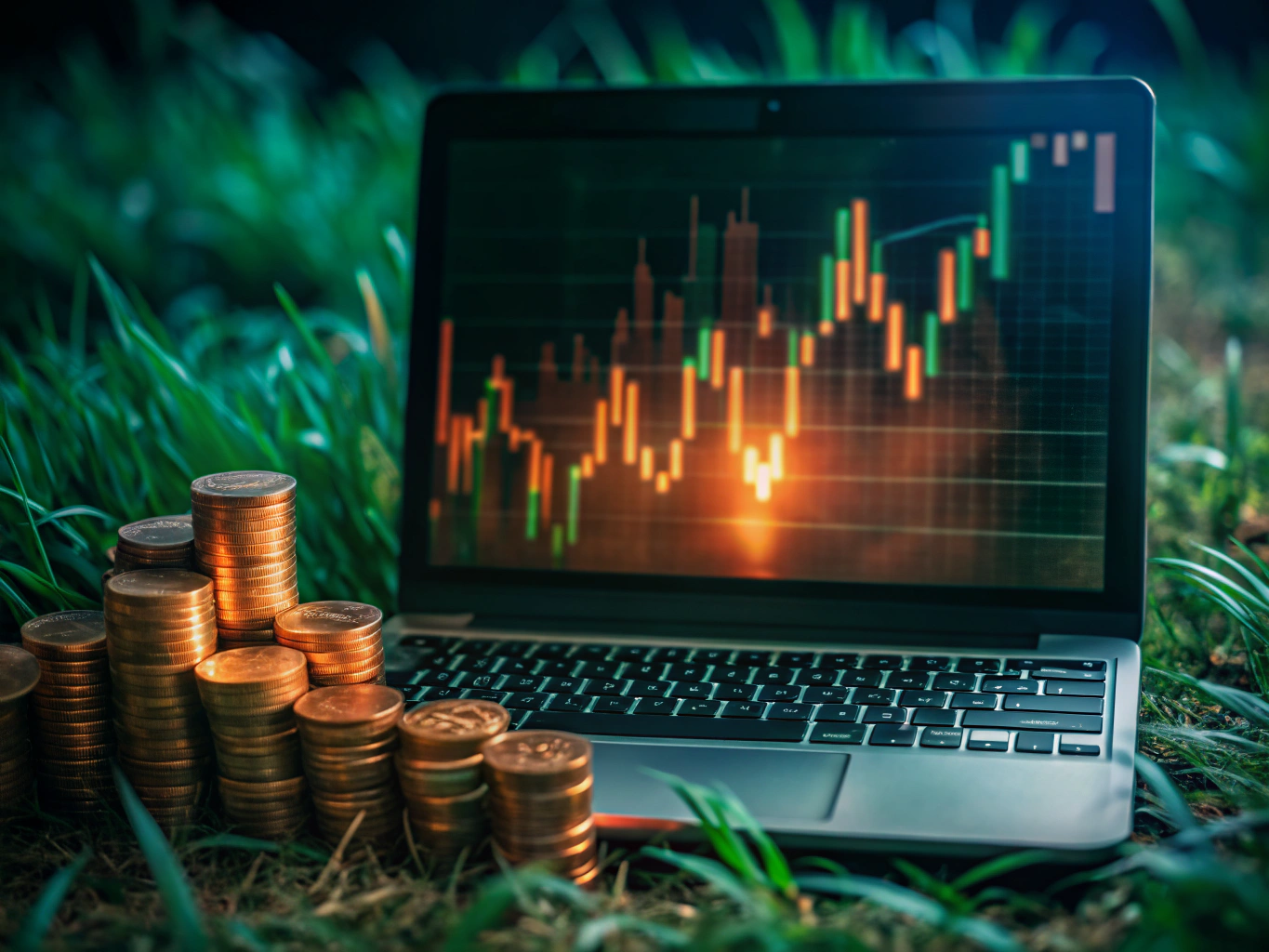
Trading gold can feel like hunting for treasure in a storm: exciting, potentially lucrative, but easily derailed by hidden currents — in this case, spreads. A spread is the gap between the price you can buy gold (the ask) and the price you can sell it (the bid). Even a seemingly tiny gap can chip away at your profits over time. In this comprehensive guide, we’ll unpack exactly what gold spreads are, how they’re calculated, why they matter, and — most importantly — how you can keep them as low as possible to safeguard your bottom line. Whether you’re just dipping your toes into XAU/USD or you’ve been riding gold’s ups and downs for years, you’ll walk away with actionable insights and tactical tips to turn spreads from pesky costs into manageable variables.
What Is Gold Spread?
At its simplest, the gold spread is the difference between the bid price and the ask price on a trading platform. If the live quotes for XAU/USD are 2,000.50/2,000.70, the spread is 0.20 — meaning if you bought at 2,000.70 and immediately sold at 2,000.50, you’d incur a 20‑cent loss per ounce before anything else.

Why does this exist? Brokers need to earn money, and spreads are their primary revenue source — especially with “zero‑commission” accounts. Think of it like haggling at a market: the vendor quotes a slightly higher price to cover rent and wages. In gold trading, the spread covers operational costs, liquidity provision, and, yes, profit margin for your broker.
How Is Gold Spread Calculated?
Spreads can look like a mysterious black box, but they boil down to two main models:
Fixed vs. Variable Spreads
- Fixed Spreads never change, regardless of market activity. You might see a constant 0.25 spread on XAU/USD. Fixed spreads provide stability — great for planning — but they can widen sharply or incur re‑quotes during extreme volatility.
- Variable (Floating) Spreads shift in real time based on liquidity and market conditions. In calm sessions, you might enjoy a razor‑thin 0.10 spread; during major news (e.g., US CPI), it could balloon to 1.00 or more.
Percentage‑Based vs. Pip‑Based Measurements
- Pip‑Based: Forex traders often refer to spreads in pips. If one pip equals $0.10 on gold, a 2‑pip spread means $0.20.
- Percentage‑Based: Some platforms display spreads as a percentage of the price. On a $2,000 quote, a 0.01% spread equals $0.20. This method scales as gold ticks higher or lower.
Key Factors Affecting Gold Spreads
Understanding what drives spread fluctuations empowers you to choose your battles — and your trading windows — wisely.
Market Liquidity and Trading Volume
During peak overlap of London and New York sessions, volume surges, and spreads tighten. Conversely, during Asia’s quiet hours or holidays, liquidity thinns, and spreads widen.
Broker Business Models and Fees
Brokers offering “commission‑only” accounts offset by ultralow spreads may suit scalpers. Those bundling costs into the spread (no commissions) might appeal if you trade less frequently. Always read the fine print: a “0 spread” account could hide fat commissions.
Economic News and Geopolitical Events
Major data releases (NFP, CPI, central bank decisions) and geopolitical shocks (elections, conflicts) send spreads soaring. A calm report yields thin spreads; a bombshell release can turn spreads into gaping chasms.
Why Gold Spread Matters for Your Trading Profits
Spreads are not just an entry barrier — they affect your entire trade lifecycle.
Impact on Entry and Exit Prices
Imagine you buy gold at 2,000.70 (ask) and place a take‑profit at 2,010.70 (bid + 10). You need a price to climb ~10.00 points just to break even on the spread, plus any commissions/swaps. Tight spreads mean a shorter uphill climb.
Compounding Costs Over Multiple Trades
If you scalp 10 times a day with a 0.20 spread, your total “spread cost” is 2.00 per ounce — eroding profits unless your edge significantly exceeds that. Swing traders may face spreads fewer times, but larger position sizes magnify the dollar impact.
How Spreads Influence Gold Trading Strategies

Your strategy should mesh with the typical spread environment you face.
Scalping and High‑Frequency Approaches
Scalpers thrive on tiny price movements but are most vulnerable to wide spreads. Use ECN/DMA brokers offering sub‑0.10 spreads and commission‑only models to offset costs.
Swing and Position Trading Considerations
Longer‑term traders enter and exit less often, making spreads a smaller fraction of total P&L. However, entering during low‑liquidity windows still matters: capturing a 0.10 spread rather than 0.50 sets you up with an immediate advantage.
Techniques to Minimize Gold Spread Costs
You can’t eliminate spreads, but you can strategically whittle them down.
Choosing Optimal Trading Hours
Stick to peak sessions — London/New York overlap — when spreads tend toward their narrowest. Avoid low‑volume times like Friday evenings (Chicago time) when the US session winds down.
Leveraging ECN and DMA Connectivity
ECN (Electronic Communication Network) and DMA (Direct Market Access) platforms connect you directly to liquidity providers, aggregating quotes for the best bid/ask. These often deliver tighter spreads than “market‑maker” models.
Negotiating Commission‑Only Pricing
High‑volume traders can sometimes haggle for a pure commission structure: zero‑pip spreads in exchange for a fixed per‑lot fee. If you trade 20+ standard lots monthly, it’s worth asking your rep.
Which Brokers Offer the Lowest Gold Spreads?
Finding a low‑spread broker is like choosing the smoothest highway for your road trip — every mile matters.
Criteria for Selecting a Low‑Spread Gold Broker
- Average Spread on XAU/USD during London/New York overlap.
- Commission Structure: tight spreads vs. commission‑only.
- Liquidity Providers: tier‑1 banks vs. smaller LPs.
- Execution Speed & Slippage: fast fills minimize “hidden” spread costs.
Top Brokers for XAU/USD in 2025
- Broker A: Variable spreads from 0.10 pips + $5 commission per lot.
- Broker B: Fixed 0.25 pip spread, zero commissions, but wider during news.
- Broker C: DMA access with aggregated LP quotes, average 0.08 pips, $7 commission.
Always demo‑test before depositing real funds—platform quirks can add slippage that wipes out marketing claims.
Tools and Resources for Gold Traders
Equip yourself with real‑time data and analysis to stay ahead of spread swings.
Spread‑Comparison Widgets and Apps
Websites and apps let you monitor multiple brokers’ live spreads side‑by‑side, alerting you when one hits your target threshold.
Real‑Time Liquidity Heatmaps
Visualize where liquidity pools are concentrated and when spreads have historically widened — ideal for planning intraday entries.
Automated Spread Alerts
Set triggers to notify you when spreads drop below or exceed certain levels. That way, you never miss a prime window — or accidentally jump into a cost‑effective setup during a sudden spike.
Summary and Key Takeaways

- Spreads are the hidden friction in every gold trade — know how they’re calculated and when they widen.
- Trading session choice, broker model, and platform type all influence your effective spread.
- Scalpers need ultratight spreads; swing/position traders can weather slightly wider gaps if size and edge justify it.
- Tactics like trading peak hours, using ECN/DMA, and negotiating commission‑only accounts can shave your costs.
- Tools — from heatmaps to alerts — keep you informed and ready to pounce when spreads are favorable.
With spreads demystified, you can optimize entry and exit tactics, protect profit margins, and ensure you’re capturing gold’s moves without surrendering half your gains to transaction costs.
Frequently Asked Questions
What Is a Good Spread on XAU/USD?
A “good” spread varies by strategy. Scalpers often aim for sub‑0.10 pips; swing traders may find 0.20–0.30 acceptable if commissions are low.
How Does Swap/Rollover Affect Gold Spreads?
Swap rates are separate from spreads but add to overnight holding costs. A positive swap can offset a fraction of your spread cost, while a negative swap compounds it.
Can I Trade Gold in a Demo Account?
Yes — demo accounts mirror live spreads. Use them to test brokers’ spread behavior during different sessions and news events before risking capital.
Do Gold ETFs Have Spreads Like Forex?
ETFs also have bid/ask spreads, often tighter than retail Forex but with additional management fees. Compare ETF spreads plus expense ratios against your broker’s Forex spreads to determine the most cost‑effective vehicle.
